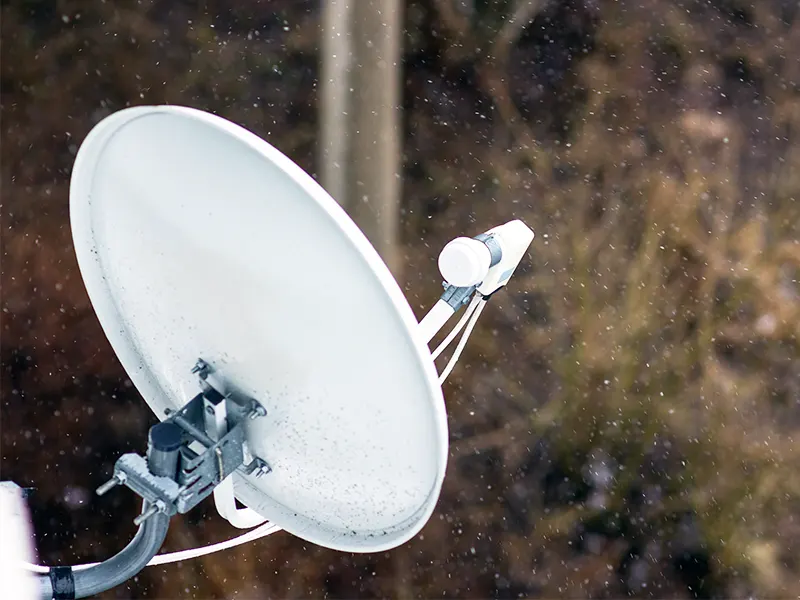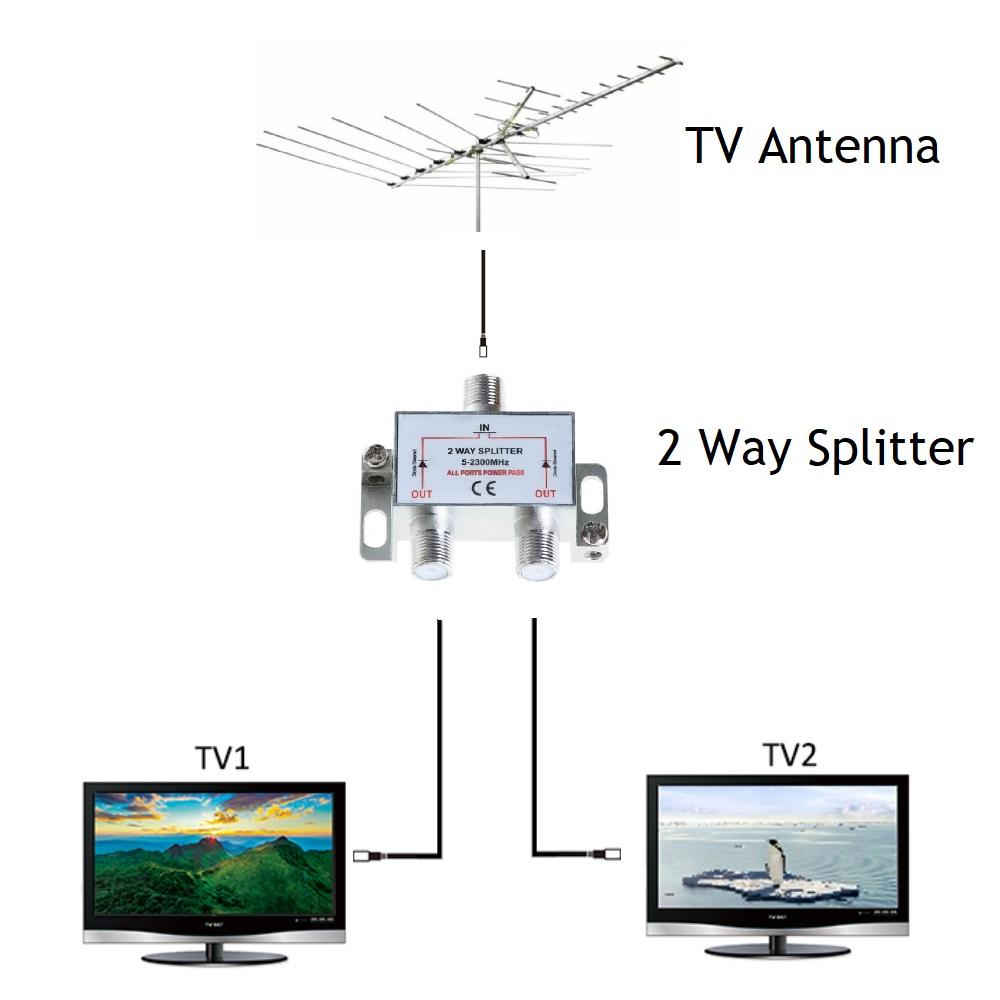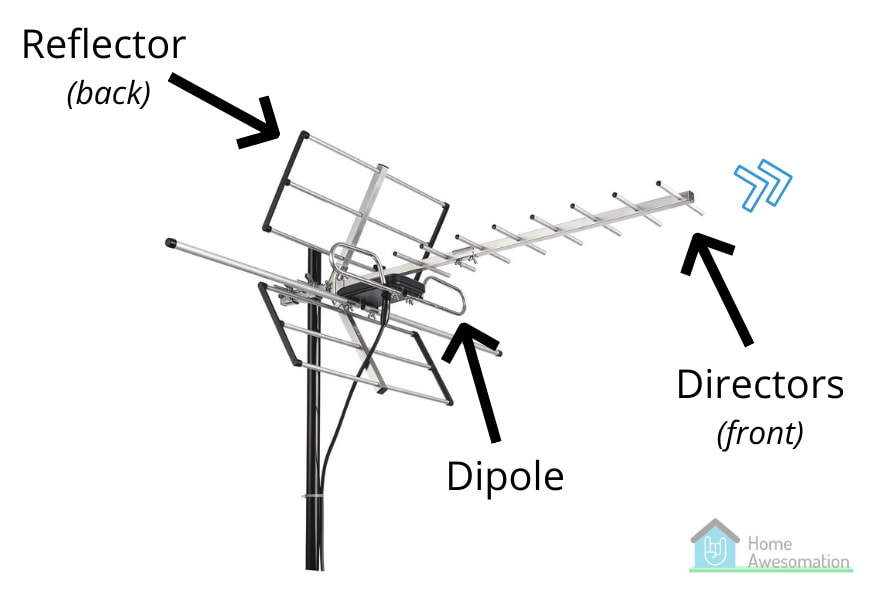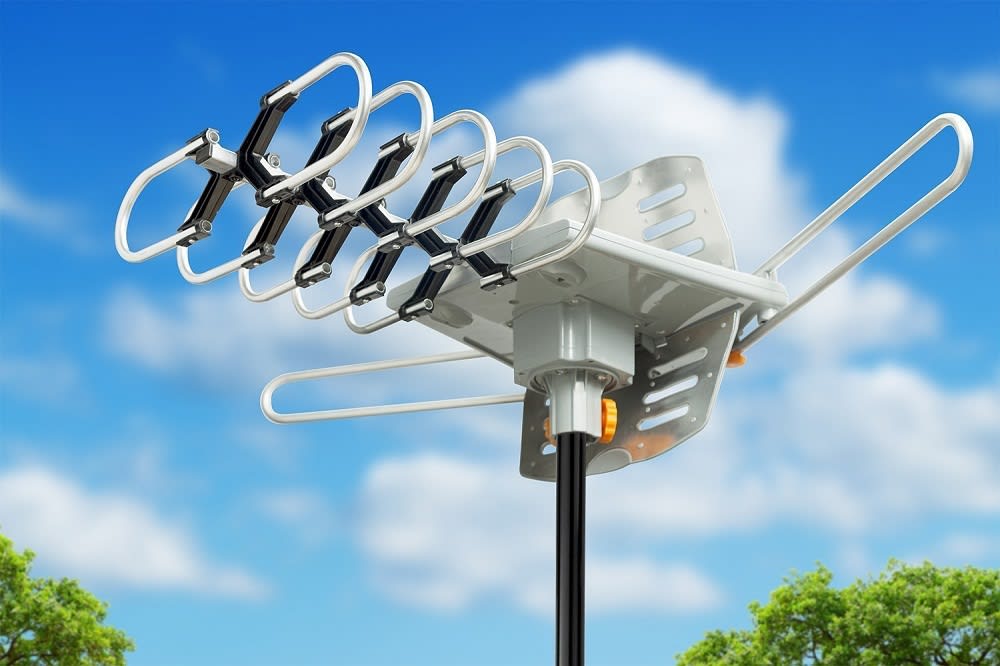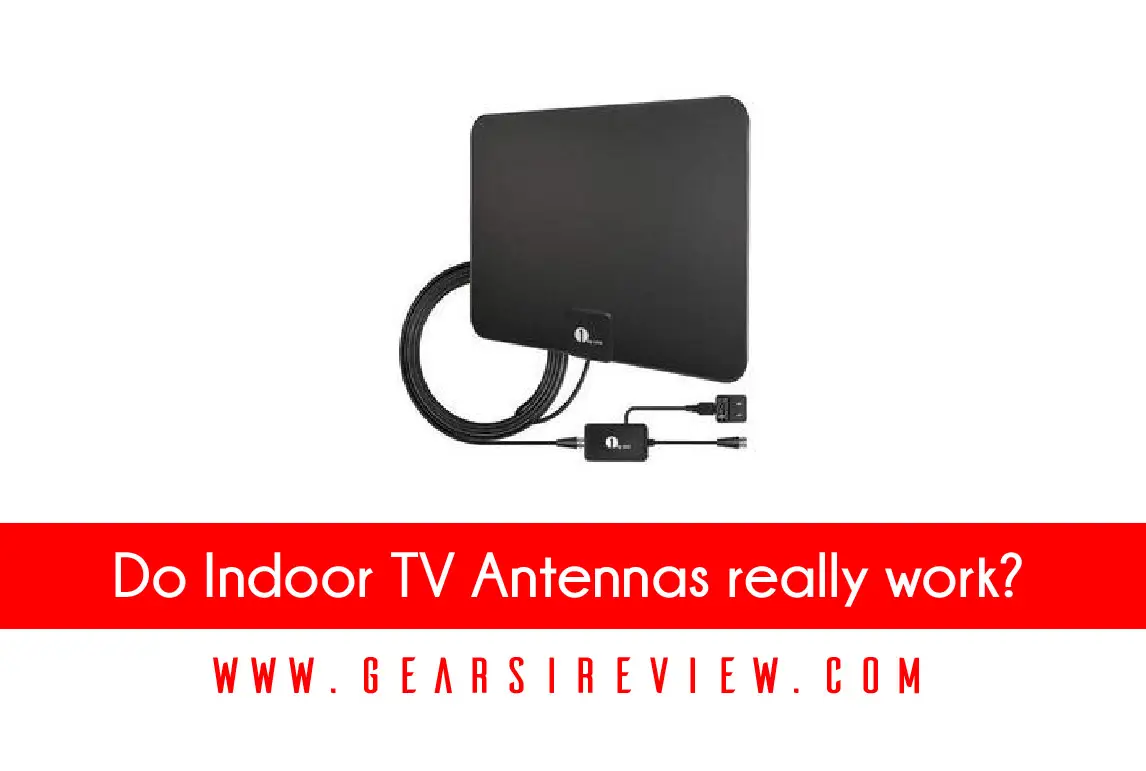Does Tv Have Built In Antenna

The question of whether modern televisions still come equipped with built-in antennas is a surprisingly persistent one, often sparking confusion among consumers accustomed to a rapidly evolving media landscape. While the answer is complex and depends heavily on the specific television model, the trend is undeniably moving away from integrated antennas.
This article delves into the specifics of antenna integration in modern TVs, exploring why some models still feature them, why many don't, and what alternatives exist for those who wish to access over-the-air (OTA) broadcasts. Understanding the nuances of TV antenna technology is crucial for consumers seeking to maximize their viewing options without relying solely on cable or streaming services.
The Decline of the Integrated Antenna
Historically, televisions were designed with built-in antennas to receive local broadcast signals. These were typically simple wire antennas or "rabbit ears" that extended from the back or top of the TV. The purpose was simple: to allow viewers to access free, over-the-air channels without needing additional equipment.
However, as cable television and, later, streaming services gained prominence, the demand for built-in antennas decreased. Many manufacturers began to omit them to reduce costs and streamline designs. The rise of digital television (DTV) further complicated matters.
The transition to DTV brought improved picture quality and more channels, but it also required different antenna technology for optimal reception. Analog antennas could still pick up some digital signals, but performance was often unreliable.
Why Some TVs Still Have Antennas
Despite the overall trend, some television manufacturers continue to include built-in antennas in certain models. These are usually smaller, budget-friendly sets or portable TVs designed for travel. The inclusion is driven by the desire to offer consumers an all-in-one solution for accessing local channels, especially in areas with strong broadcast signals.
These built-in antennas are often less powerful than external antennas. Consequently, they might only pick up a limited number of channels, and reception can be spotty depending on location and proximity to broadcast towers.
Some manufacturers also include connectors for external antennas, even on models that lack built-in ones. This offers users the flexibility to upgrade their antenna system for better reception. This is a common feature found in most modern televisions that markets it as supporting ATSC or NEXTGEN TV broadcast.
The Rise of External Antennas
For viewers who want reliable access to OTA broadcasts, an external antenna is almost always the better option. External antennas come in a variety of forms, from simple indoor models to large, outdoor antennas mounted on roofs or masts. The type of antenna needed depends on several factors, including distance from broadcast towers, terrain, and the presence of obstructions like buildings or trees.
Indoor antennas are convenient for urban areas with strong signals, but they may struggle in rural areas or locations with poor reception. Outdoor antennas offer superior performance but require more installation effort. They are often the only viable option for viewers who live far from broadcast towers.
The Advanced Television Systems Committee (ATSC) standards for digital television have also influenced antenna technology. ATSC 3.0, also known as NextGen TV, offers improved picture and audio quality, as well as interactive features. To receive ATSC 3.0 signals, viewers typically need a compatible television or set-top box and a suitable antenna.
How to Determine if Your TV Has an Antenna
The easiest way to determine if a TV has a built-in antenna is to consult the user manual or product specifications. The manual will typically indicate whether an antenna is included and, if so, its type and capabilities. Physical inspection of the TV is also revealing.
Look for an extendable wire or rod antenna on the back or top of the set. Additionally, check for an antenna input connector (usually labeled "ANT IN" or "CABLE/ANT") where an external antenna can be connected.
If the TV lacks an extendable antenna but has an antenna input connector, it likely does not have a built-in antenna. You will need to purchase an external antenna to receive OTA broadcasts. You should always look for the ATSC 3.0 logo on the TV if you intend to use it with broadcast.
Impact on Consumers
The increasing reliance on external antennas has several implications for consumers. On one hand, it gives them greater control over their viewing experience. By choosing the right antenna and positioning it correctly, they can optimize signal reception and access a wider range of channels.
On the other hand, it adds complexity and cost to the setup process. Consumers may need to research different antenna types, purchase additional equipment, and potentially hire a professional installer. This can be a barrier for some viewers, particularly those who are less tech-savvy or on a tight budget.
Ultimately, the decision of whether to use an OTA antenna depends on individual needs and preferences. For viewers who want to cut the cord and avoid cable or streaming fees, an external antenna is a worthwhile investment. For those who primarily rely on streaming services, an antenna may be unnecessary.


